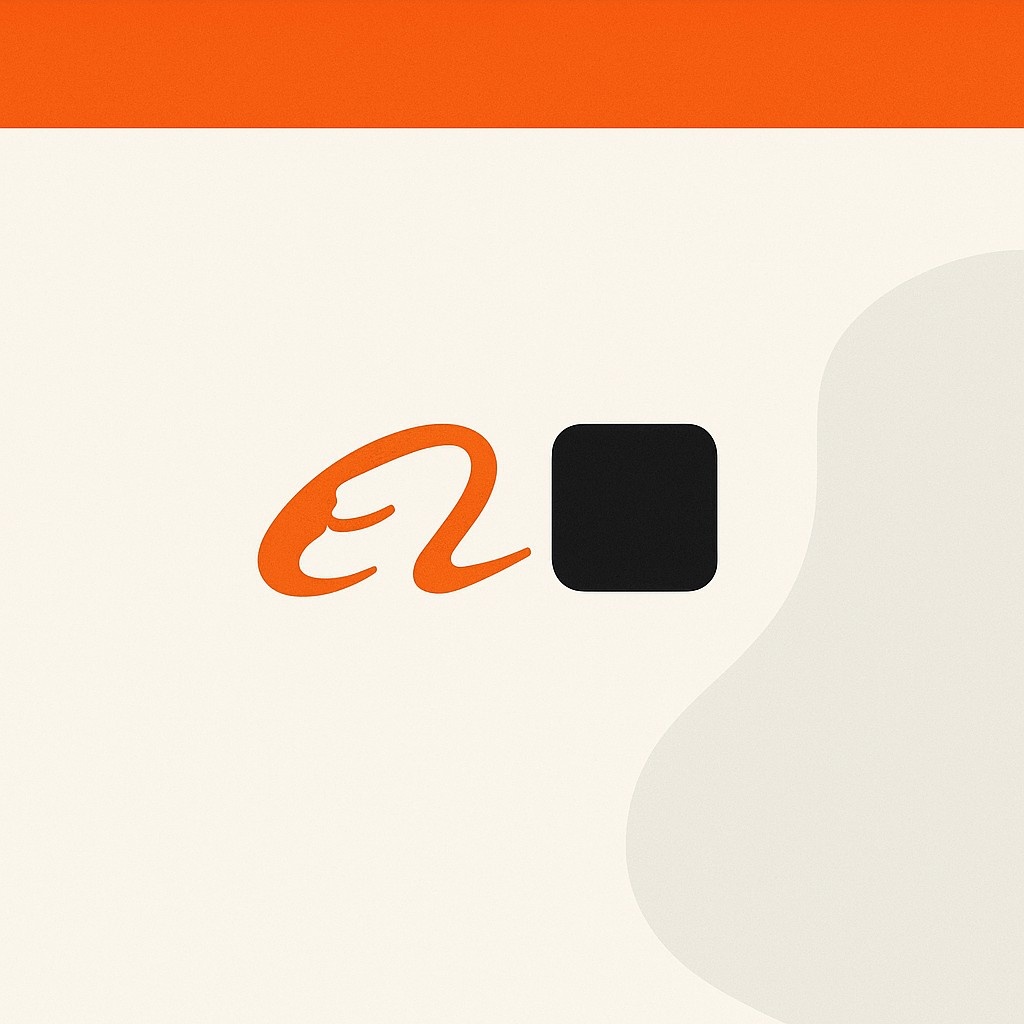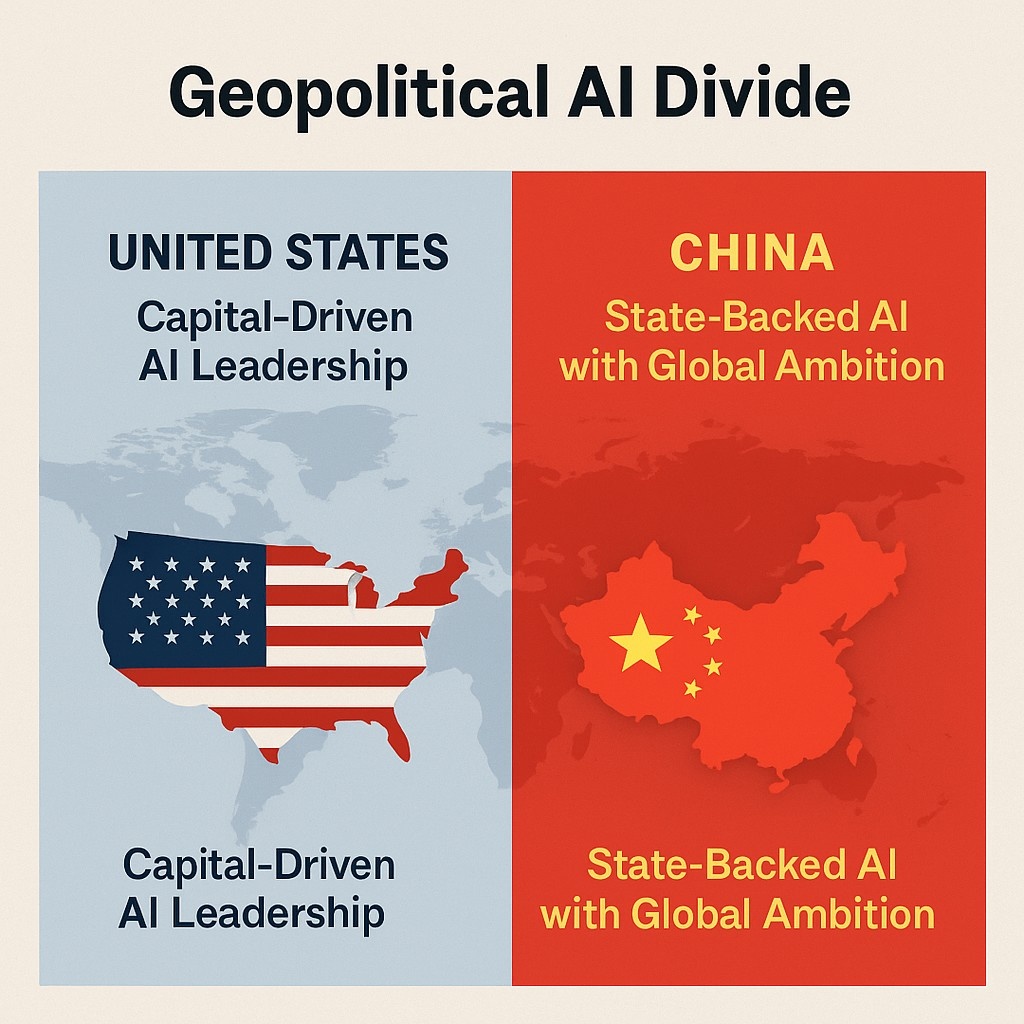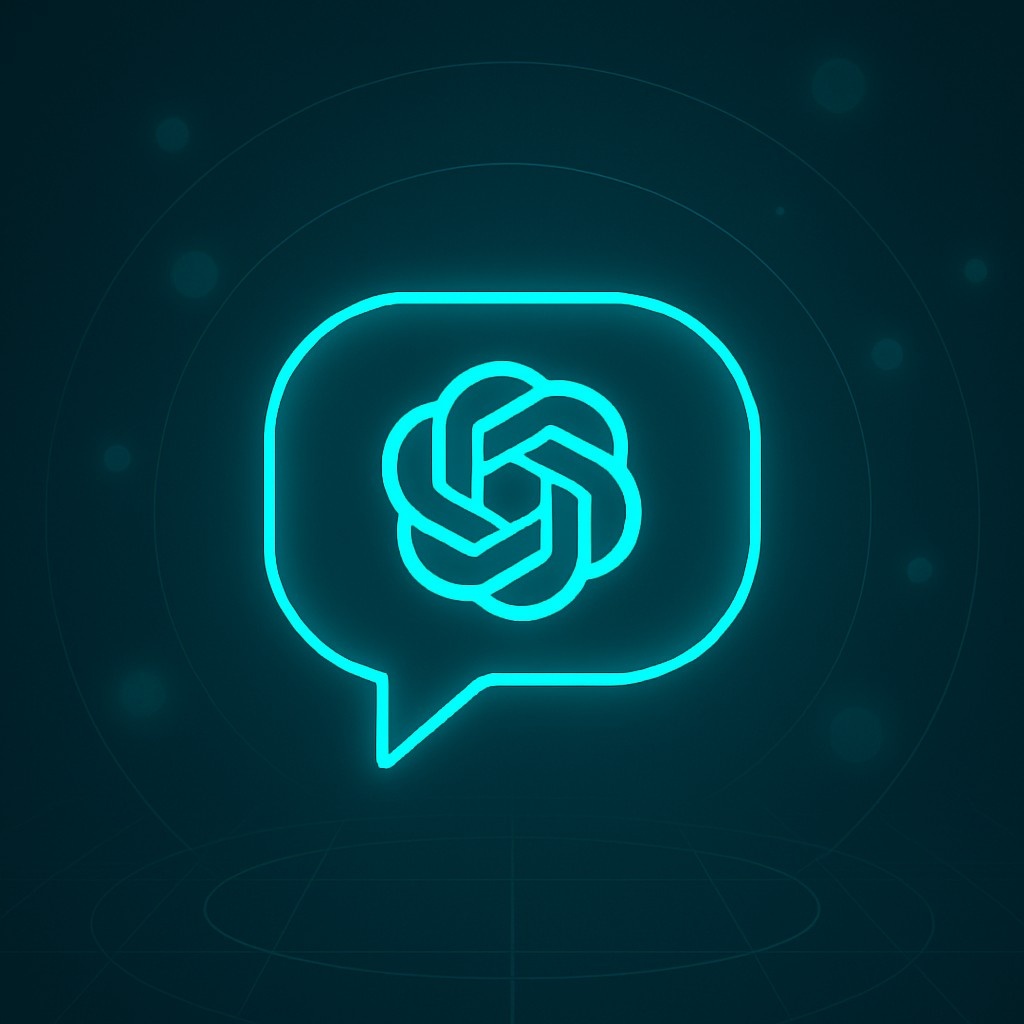Alibaba Launches “Qwen 3”: A Giant Leap in the AI Race
On April 29, 2025, Alibaba took a bold step into the global AI arena with the official launch of its next-generation artificial intelligence model series, Qwen 3. Quietly powerful, yet rich in technological advancements, the Qwen 3 models mark one of China’s strongest moves yet to compete directly with Western AI giants like OpenAI, Google DeepMind, and Anthropic.
This isn’t just another AI model. Qwen 3 is a family of models, designed not just to chat or code — but to reason, solve, and adapt. It’s smart, scalable, multilingual, and open-source. And it shows exactly how serious Alibaba is about becoming a global leader in AI.
What Is Qwen 3, and Why Does It Matter?
Qwen 3 is the successor to Alibaba’s earlier Qwen models, but this version is a complete overhaul, both in terms of architecture and capability.
It comes in eight different sizes, starting from compact 600-million-parameter versions all the way up to a massive 235-billion-parameter variant. That makes it one of the largest publicly acknowledged AI models released to date. These models come in two types:
- Dense models (like most standard LLMs)
- Mixture of Experts (MoE) models — where different “experts” within the model are activated based on the task
This kind of flexibility means Qwen 3 can be fine-tuned for specific use cases — whether it's customer service, legal document analysis, financial forecasting, or even math tutoring.
But the real game-changer isn’t size. It’s reasoning.
Thinking Like a Human — Or Maybe Better
Qwen 3 introduces two headline features:
- Thinking Mode
- Thinking Budget
These let users adjust how “deeply” the model thinks, based on how complex the question is. In simpler terms, you can tell the model to spend more "mental energy" solving hard tasks, or to go light for casual interactions. This feature is especially useful for areas like:
- Mathematical problem solving
- Scientific reasoning
- Logical analysis
- Long-form programming
It’s a subtle but profound shift. Instead of a one-size-fits-all intelligence, Qwen 3 gives users control over its cognitive depth, which feels closer to how humans actually work.
Built for the World: 119 Languages, 36 Trillion Tokens
One of Qwen 3’s biggest strengths is its global orientation. While many models focus heavily on English, Qwen 3 has been trained on a staggering 36 trillion tokens across 119 languages.
This includes not just major world languages like Mandarin, Hindi, Spanish, and Arabic, but also underrepresented ones like Bengali, Swahili, and Tagalog. The training data spans textbooks, code, dialogues, scientific papers, and even AI-generated content.
Why does this matter? Because the future of AI is not just American or Chinese — it’s global. Qwen 3 is clearly built with that in mind.
Open-Source, Open-Doors
In a move that surprised many, Alibaba released Qwen 3 under the Apache 2.0 license, making it fully open-source. The models are now available on GitHub, Hugging Face, and through Alibaba’s own Qwen Chat interface.
Developers can:
- Download and run models locally
- Fine-tune them for custom apps
- Deploy them on enterprise servers or cloud infrastructure
This open approach sharply contrasts with many Western models that remain closed-source or API-only. Alibaba is betting that openness will drive rapid adoption — especially in regions that can’t afford closed corporate ecosystems.
And this could be a big win for startups, educators, and researchers across Asia, Africa, and Latin America.
Who Is Alibaba Competing With?
This move puts Alibaba in direct competition with:
- OpenAI’s GPT-4 and GPT-4o
- Google DeepMind’s Gemini
- Anthropic’s Claude
- Meta’s LLaMA models
- Mistral’s MoE models
- And Chinese rivals like Baidu’s Ernie and DeepSeek
But Alibaba’s pitch is different: it’s not just about raw intelligence, but about versatility, customizability, and accessibility.
Qwen 3 doesn’t try to be one monolithic “god model.” It’s a flexible toolbox — from tiny edge models to giant multi-modal thinkers. That could appeal to a broader user base, especially outside the U.S.
A Strategic Move for China’s AI Leadership
This release wasn’t just a corporate product launch — it fits squarely within China’s larger push for AI leadership.
The same week, President Xi Jinping made international headlines championing AI as a global public good, especially for the Global South. Qwen 3 fits that message perfectly — powerful, multilingual, and freely accessible.
China sees AI as a geopolitical pillar — not just a business opportunity. Qwen 3 is both a technological weapon and a diplomatic tool.
By releasing it open-source, Alibaba also sidesteps U.S. chip sanctions, which have made it harder for Chinese firms to train frontier models on restricted Nvidia hardware. Instead of fighting closed Western models head-on, they’re building a parallel ecosystem — one that’s open, scalable, and globally inclusive.
Early Reactions and Real-World Use
So far, developers who’ve tested Qwen 3 report:
- Strong mathematical reasoning
- Excellent multi-turn conversation
- Impressive code generation
- Less hallucination in long responses
Early benchmarks show that Qwen 3’s larger versions outperform GPT-3.5, and in some areas (like logic and programming), they’re getting close to GPT-4 class performance.
Alibaba has already announced plans to integrate Qwen 3 into its:
- Cloud services (Alibaba Cloud)
- E-commerce platforms (Taobao, Tmall)
- Enterprise solutions for logistics, finance, and retail
We can expect to see Qwen 3 deployed in virtual assistants, automated customer support, personalized recommendation engines, and AI-driven logistics planning — all at massive scale.
What’s Next?
While Qwen 3 is already a big step forward, Alibaba isn’t stopping. The company has hinted at:
- Qwen 3.5 (training already underway)
- Multimodal versions with image, audio, and video capabilities
- Enterprise packages with security, privacy, and fine-tuning APIs
- Language-specific optimizations for education, governance, and healthcare
The goal is clear: make Qwen not just a model, but a platform. One that becomes a backbone for global applications — especially in regions underserved by existing AI tools.
Final Thoughts
With Qwen 3, Alibaba has done more than release a smart model — it has made a statement.
That AI should be open, powerful, and globally inclusive. That reasoning, not just language generation, should be at the core of the next AI generation. And that leadership doesn’t require exclusivity — it can be shared through openness and innovation.
In a world increasingly shaped by AI, the launch of Qwen 3 reminds us that the future is not being built in one lab, one country, or one company — but through a global effort, with tools accessible to all.
Alibaba’s message is clear:
“You don’t have to be in Silicon Valley to shape the future of AI. With Qwen 3, it’s in your hands.”
















